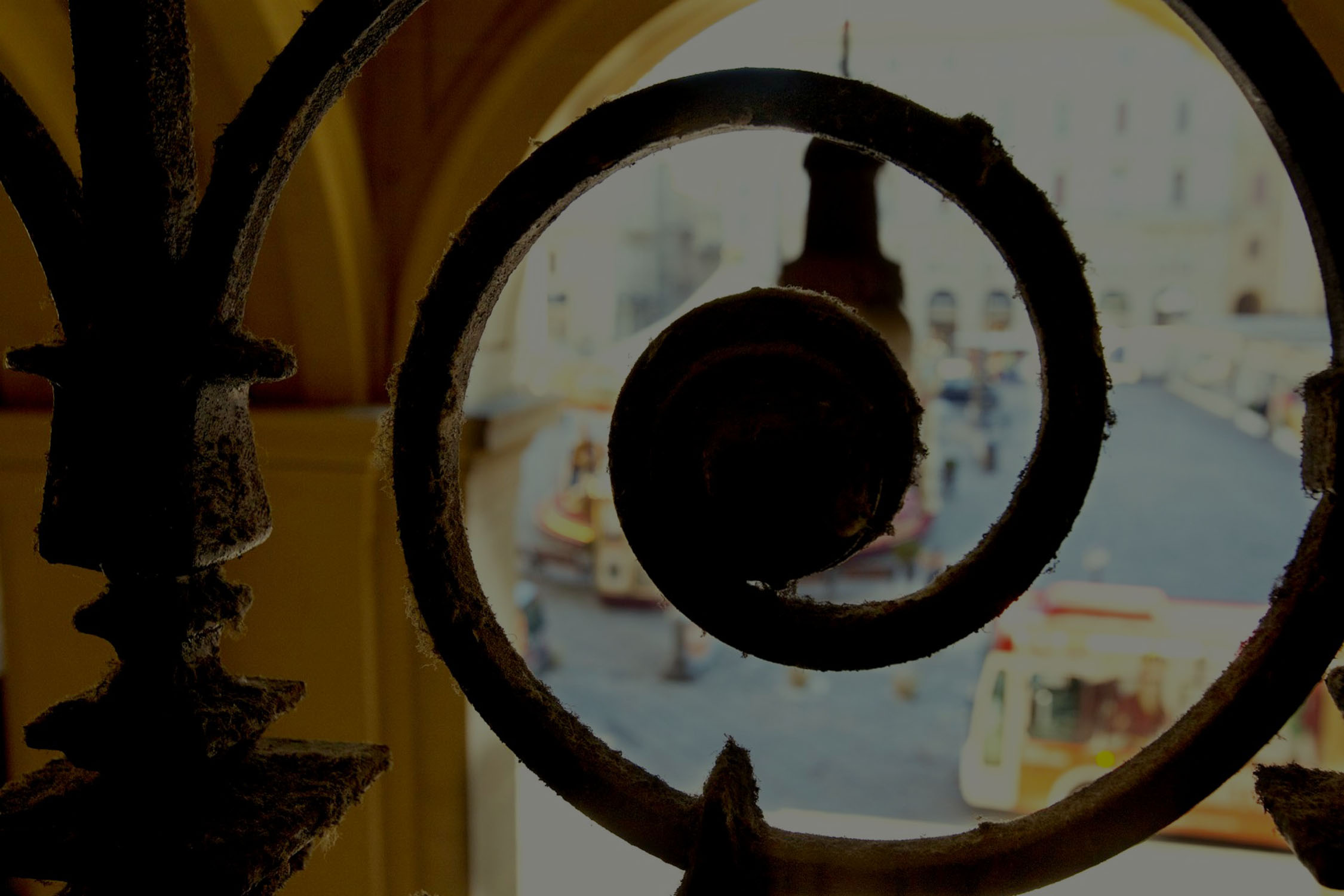
PHOTOGRAMMETRIC SURVEY: how to generate a 3D model from photographs
February, 19, 2020
Topic: Photogrammetry
(6 min read)
The photogrammetric survey, despite being around a century old, is still a widely used survey technique with which you can obtain a cloud of points arranged in three-dimensional space, thanks also to technological development and the creation of new cutting-edge tools .
Based on the principle of stereoscopic vision, or the vision of an object to be represented from two different points of view, photogrammetry uses two central perspectives of an object from two distinct projection centers, to derive the spatial position of the object itself in three-dimensional space .
We could consider it as a middle ground between the direct survey, as regards the return, and the 3D laser scanner survey, as regards the recovery, which takes place fairly quickly and allows you to stay at a distance from the detected object.
More precisely, there is talk of obtaining accurate measurements of the geometric characteristics of an object through the use of data obtained from the alignment of photos that portray it from different positions, taken using a camera and particular techniques for taking images.
Applications
Although it is a method that has gone into the background in favor of techniques considered more modern such as that which uses 3D laser scanners, it is still widely used, especially in support of the latter. Thanks to their combination it is possible to obtain the texturing of the point cloud and then to colorize it, during the processing and registration of the point cloud.
The photogrammetry technique, although originally born to be used in the architectural survey, is currently mainly used for the topographical survey of the territory, mainly developing in the form of aerial photogrammetry.
- Terrestrial photogrammetry: this methodology is identified as close-range photogrammetry, in fact the objects concerned are located at a distance of less than 300m from the photogrammetric camera. It is typically used for architectural surveys, and for the acquisition of images of the object to be documented, special cameras called metric cameras are generally used even though today thanks to technology it is possible to use almost any type of digital camera.
- Aerial photogrammetry: it is based on the same principle of the partial superimposition of photographic images which is typical of stereoscopy. The characteristic of this technique turns out to be the methodology with which the photographs are taken; the chambers are in fact mounted on remotely piloted aircraft devices (APR or even drone) and the area under examination is shot with sequences of frames (called streaks or strips), automatically taken at regular intervals. To ensure good quality of work, it is important to keep the flight speed uniform along straight paths and at a constant altitude. This guarantees numerous advantages, among which:
-
- possibility of surveying objects without having direct physical contact with the object itself
-
- being a simultaneous survey of many points it is possible to find a great deal of information
-
- the measurements are carried out a posteriori, in a phase following the survey and therefore they can be repeated, modified, checked.
Furthermore, if compared to the terrestrial relief previously used for topography and cartography there will be considerable benefits including:
-
- For large areas and small to medium scales, productivity is higher
- Data acquisition speed
- Higher productivity leads to a cheaper operation
- Precision uniformity
From 2D photos to 3D Model
Once you have acquired the two-dimensional images, you move on to their processing which takes place automatically thanks to dedicated software, which will generate the three-dimensional models.
Taking photos correctly is not such a simple operation, much less to be underestimated. Knowing what the processing steps are therefore allows you to intervene if problems arise during the creation of the 3D model.
The image processing takes place through four distinct phases:
- Structure-from-motion (SfM): it consists of a calculation technique that allows you to reconstruct the shape of objects through the automatic collimation of points from a set of photos. This first phase is perhaps the most important of all. It is the most delicate and long moment from the point of view of software processing times. During this phase the point cloud is generated which thanks to the photos guarantees the geometric reconstruction of the detected object. The cloud that derives from it takes the name dense point cloud, that is the raw data on which subsequent processing is based.
- Mesh reconstruction: based on the point cloud just generated in the SfM phase, a continuous surface composed of polygons whose vertices are the points of the cloud is subsequently reconstructed.
- UV texture map: this phase is used to give color to the Mesh, which basically does not have the color attribute. UV mapping consists in assigning the pixels of the texture produced on the polygons of the mesh, usually performed by “physically” copying a triangular portion of the image and pasting it on a triangle on the surface of the object.
- Scaling: it is the last phase that concludes the image processing process. The software is not able to deduce the dimensions of the objects that appear in the photographs, therefore it is necessary that the 3D model must be scaled using at least a reference distance in order to be ready and delivered.
